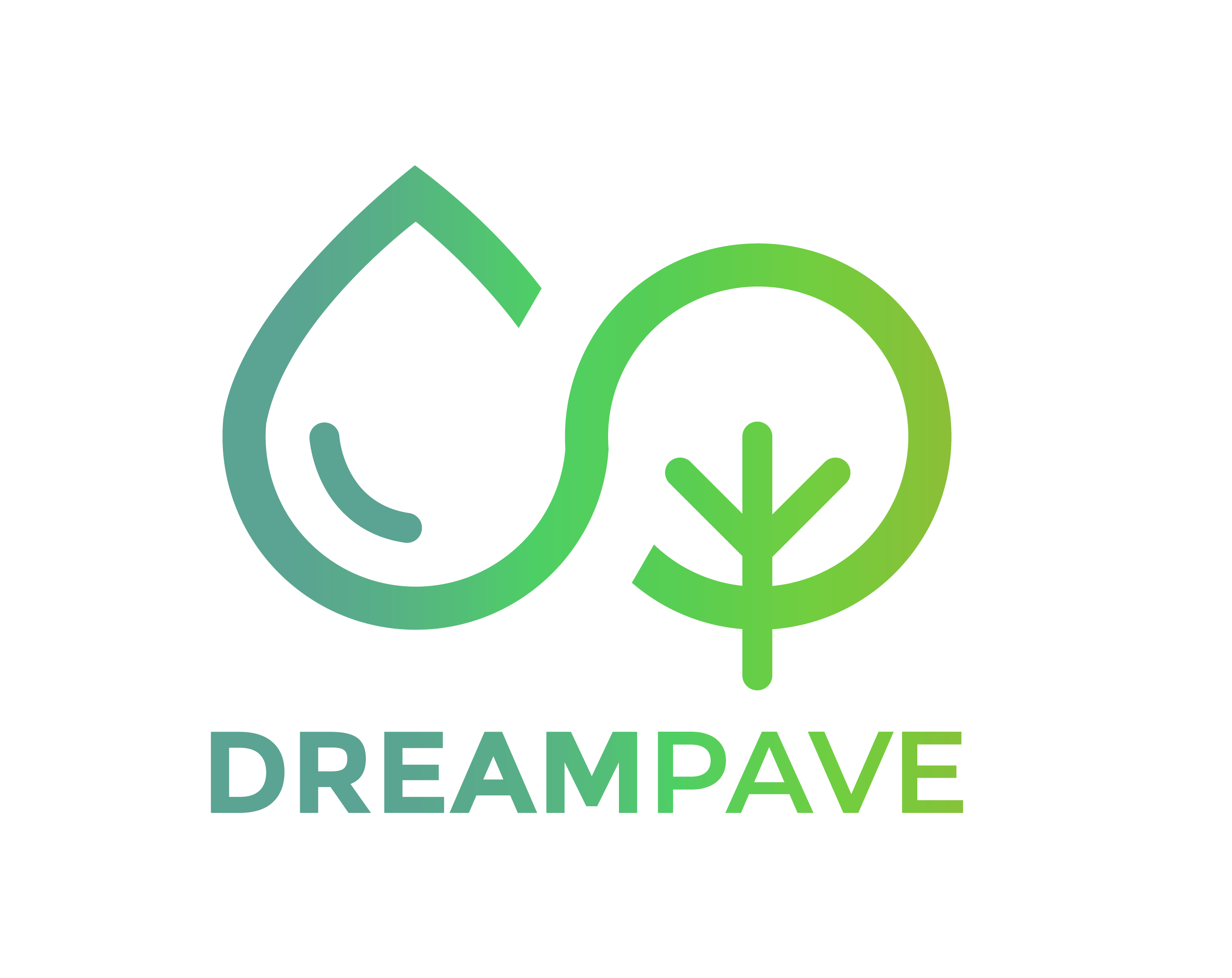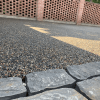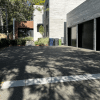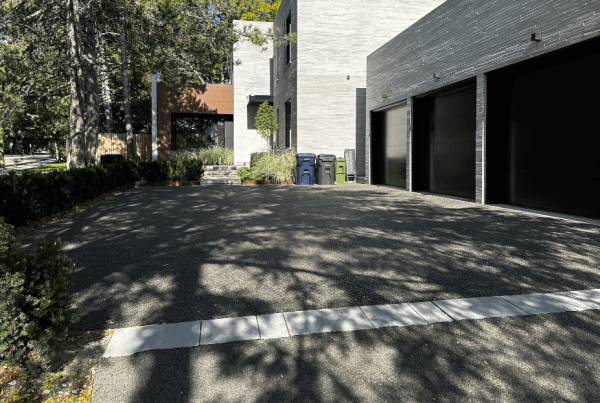
The resin bound surfacing is typically laid with a minimum thickness of 40mm, composed of kiln-dried granite aggregate bound with PurePave resin.
On a firm foundation of a permeable concrete base, resin bound surfacing is then installed atop of the strong base. Some materials, including RonaDeck EcoPath UV, can be apply to compacted aggregate bases at a larger thickness.
When there is an adequate fall water can freely drain at the joint between the surfacing and resin bound surfacing. It can be apply to non-porous bases that are already in place. Applying resin bound surface to an appropriately designed porous base and sub-base will make it easier to build a permeable pavement construction that complies with SuDS, lowering the danger of flooding and allowing rainfall to enter natural water courses.
Resin Bound surfacing Types
For resin-bound surfacing, two different types of polyurethane resin are use. One is UV stable (aliphatic polyurethane), which doesn’t change when exposed to UV light. And the other, (aromatic polyurethane), which changes the appearance of the aggregate. For resin-bound surfacing or tree pit applications, all Ronacrete products are UV stable. UV stable polymers should be select when maintaining the original color is necessary. A common defense used by vendors that do not supply UV stable resins is that the majority of available aggregates are yellow and/or brown. This claim ignores the numerous locations where some sections are expos while others are permanently shad, hidden by evergreen foliage, or covered by mobile things like plant pots. Shade fluctuation is unavoidable and will show up rather soon in such conditions.
Polyurethane Binders
Some MDI-base polyurethane binders are market as UV resistant, although evidence from unaffiliated researchers indicates that while UV “blockers” may postpone the effects of UV light, they just slow down degradation. We advise designers to get independent proof of long-term protection from UV deterioration from suppliers who promise UV resistance.
Aromatic polyurethane materials are great for a variety of applications and are frequently use for flooring. And they are a natural choice for many industrial applications due to their resilience to abrasionand relatively high service temperatures. Aromatic polyurethanes are less suit for outdoor application than other types of polyurethanes, with the exception of undercoats that are UV-protect. UV exposure has a detrimental effect on elasticity and flexibility in addition to the usual fading and darkening of materials.
Surfaces also grow duller. An academic paper takes the following and supports the claim that aromatic polyurethane coatings deteriorate. After 1080h of exposure, we can see that the binder has degraded, and we found free particle clusters on the surface. In the nonstabilized films, exposure to UV radiation causes the formation of extensive cracks and holes as well as a non-uniform disintegration.
There is evidence that low elasticity resin-bound surfacings are more likely to crack, especially when applied to asphaltic bases where bitumen binders are subject to flowing at higher temperatures. This is because bitumen binders flow more readily at higher temperatures when applied to asphaltic bases. A specifier should assess which resin-bound surfacing material provides their customer with the best value for money. When weighing the advantages of aliphatic resins when exposed to UV radiation against the lower initial cost of aromatic polyurethanes.
Aggregates
Although color glass and color-coat aggregate are also available, natural aggregates are most frequently employe. Glass smashes more easily than the majority of natural aggregates. Quartz aggregate with UV-resistant color coating can be find, although regular, medium to heavy foot traffic can cause coating loss. The architect ought to think about reserving the usage of colored glass and colored materials for low-traffic areas.
For applications where heavy traffic or traffic from heavier vehicles is anticipat, resin bound covering is not advis. Resin bound surfacing is suit for foot travel and light vehicle traffic up to 7.5 tonnes. Parking lots driveways, podium decks and terraces, public squares, courtyards, pathways, and pool surrounds are examples of typical applications.






Recent Comments